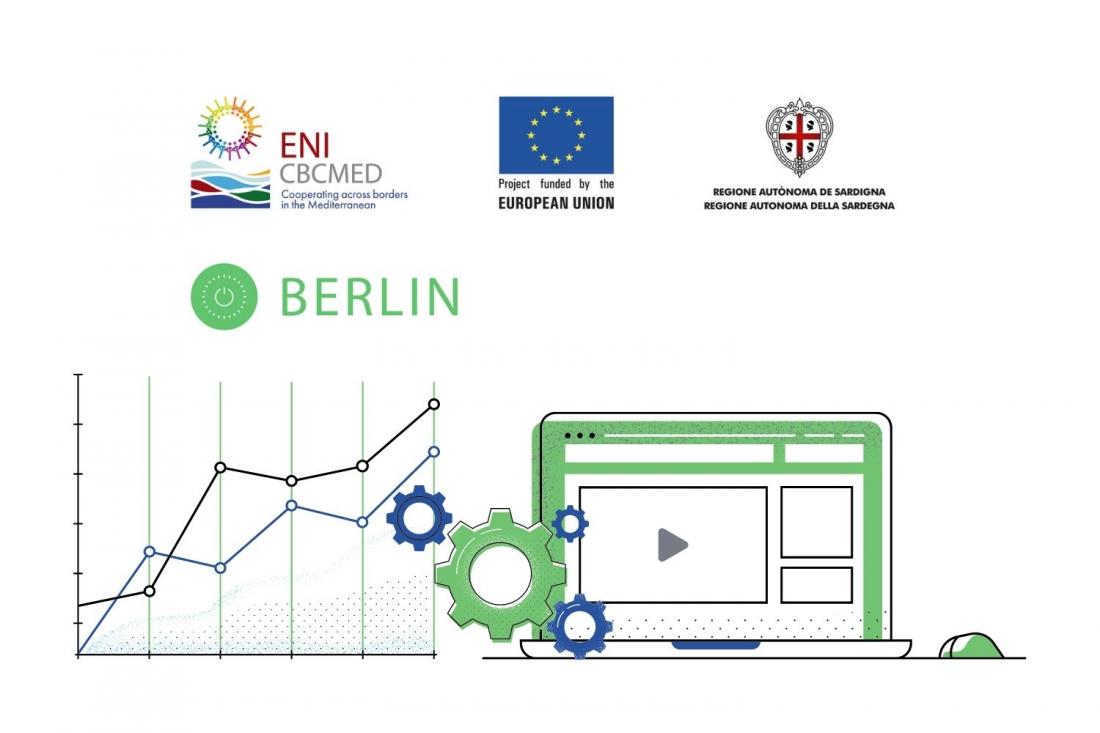BERLIN’s smart online tool for integrated energy systems in buildings

BERLIN project aims to implement cross-border pilot measures to support innovative and cost-effective energy rehabilitations in public buildings based on the nano-grid concept, the building block for smart micro-grids. The project focuses on increasing grid penetration, combined with energy storage and demand-side management, along with enhancement of energy efficiency in buildings. The goal is to increase the level of self-resilience in public buildings and to make them greener, smarter, and sustainable.
In this framework, our partners at the University of Western Macedonia in Greece developed an online tool which aims to promote self-sufficiency in buildings with flexible loads, by properly sizing the photovoltaic and battery storage systems to be installed in a building and providing an efficient schedule for the flexible loads.
The required inputs are electrical consumption, building location, photovoltaics and battery size range for the analysis, electricity costs, and the policy applying to renewables in the region of the case study. A financial analysis is undertaken for a period of 5-25 years (based on user’s choice), taking into consideration several technical and financial parameters. The user can select among the following targets for the analysis: PV and battery solution that maximizes building’s self-sufficiency, PV and battery solution that maximizes the net present value of the investment, and a set of cost-effective solutions that constitute a trade-off between the aforementioned targets. The analysis finally provides the proper solution based on the desired target, along with a schedule for the flexible building loads. The tool can be used by both professionals and non-professionals users.
Here you can find the user manual of the tool which is going to be available online shortly.
For further information regarding the usage of the tool you may contact Prof. Georgios Christoforidis: gchristoforidis@uowm.gr







